
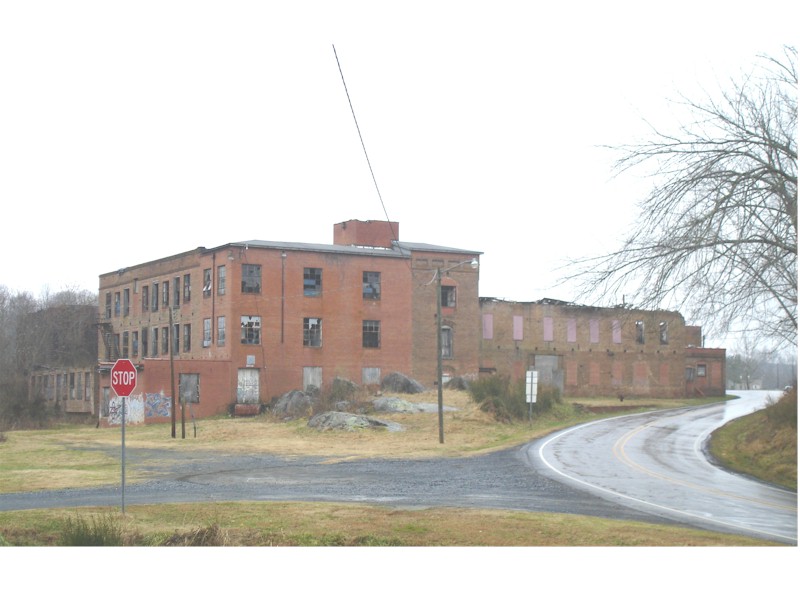
Before destructive fire in 2010.
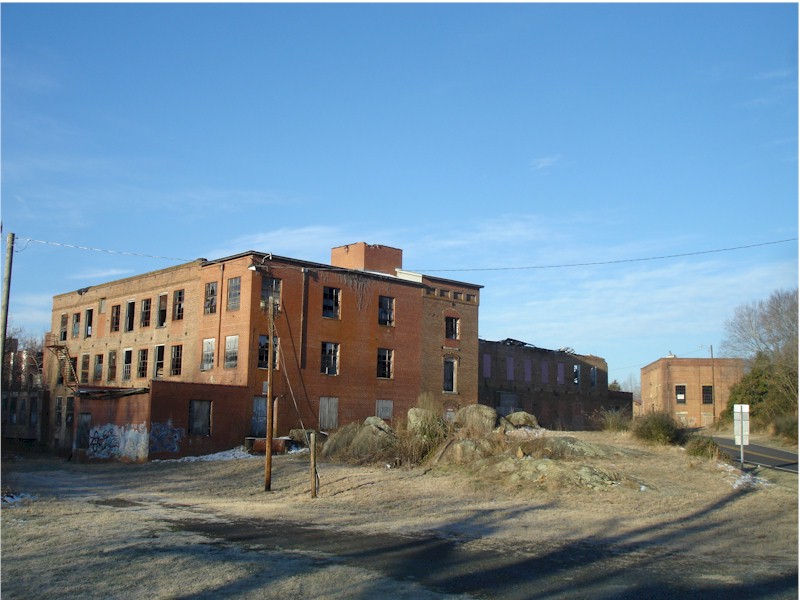
Before destructive fire in 2010.
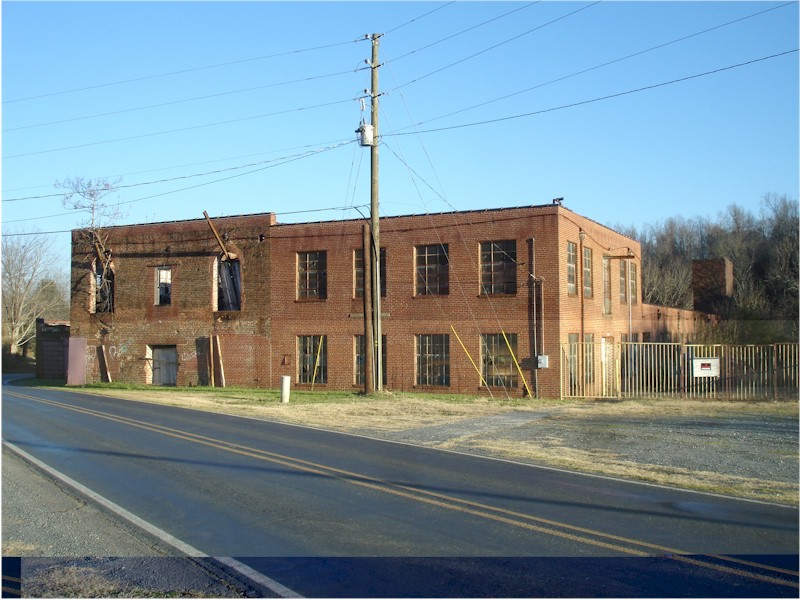
Before destructive fire in 2010.
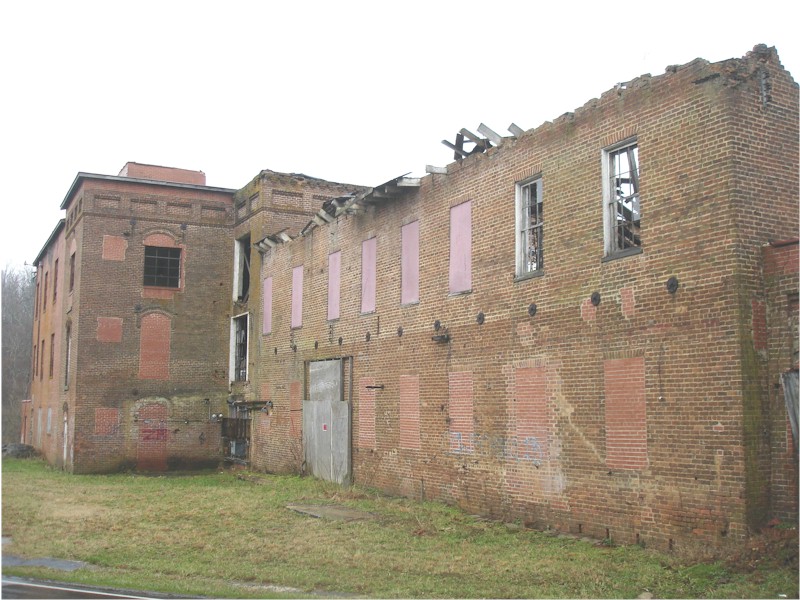
Before destructive fire in 2010.
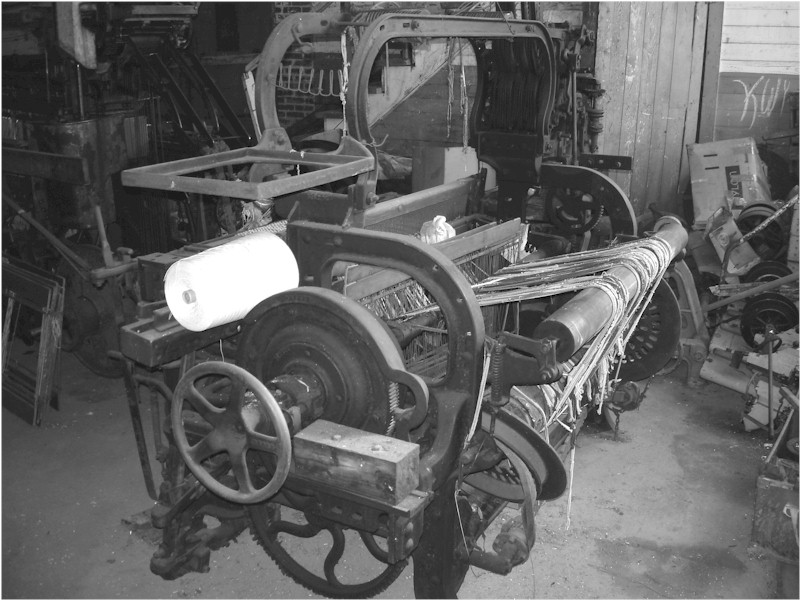
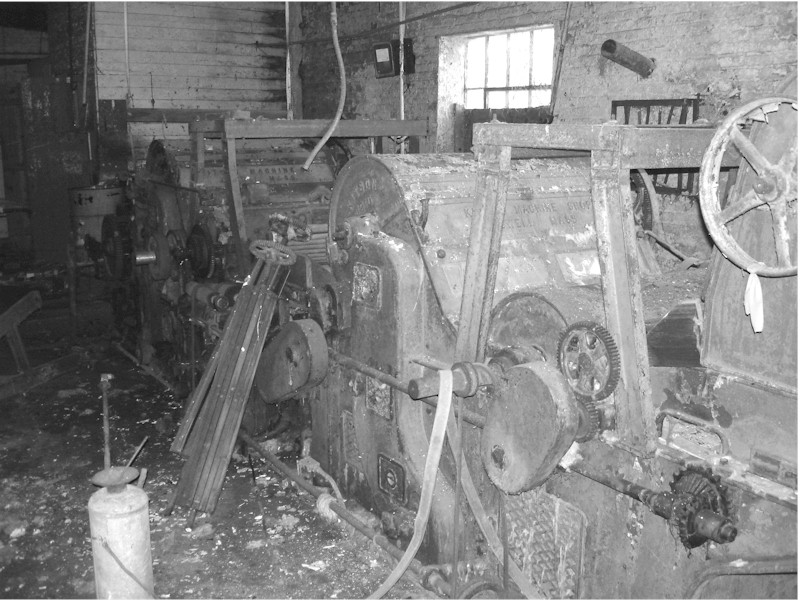
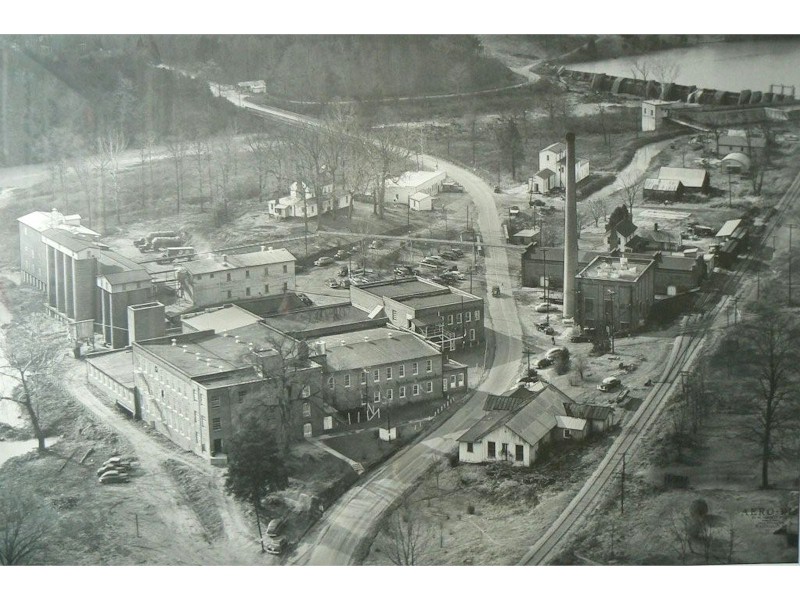
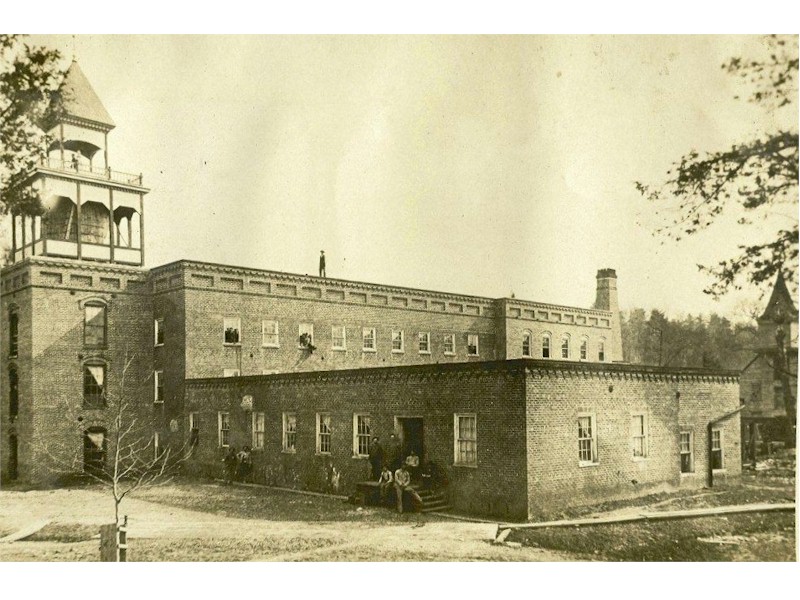
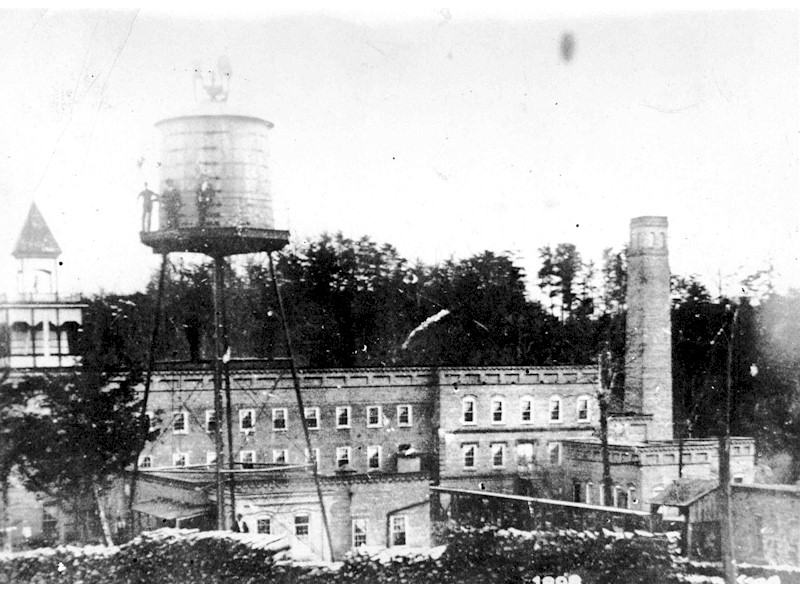
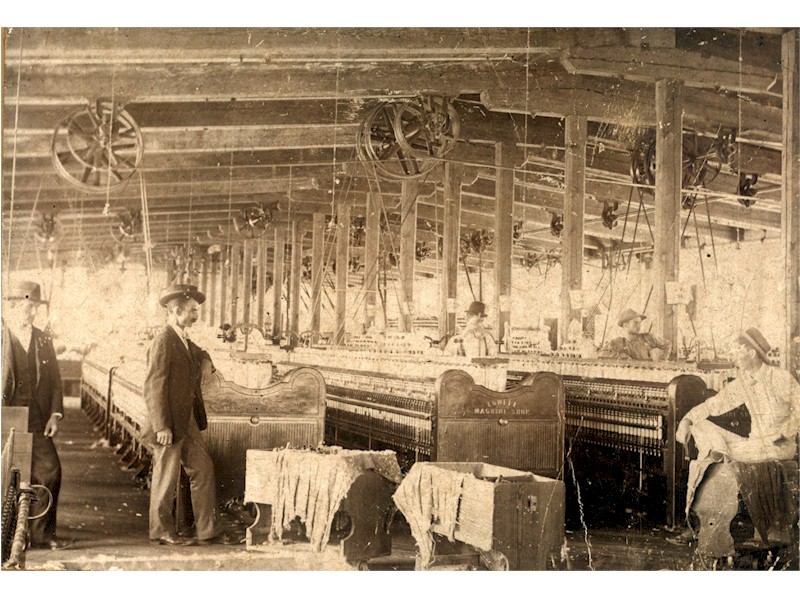
Weave room supervisor Oliver York stands second from left.
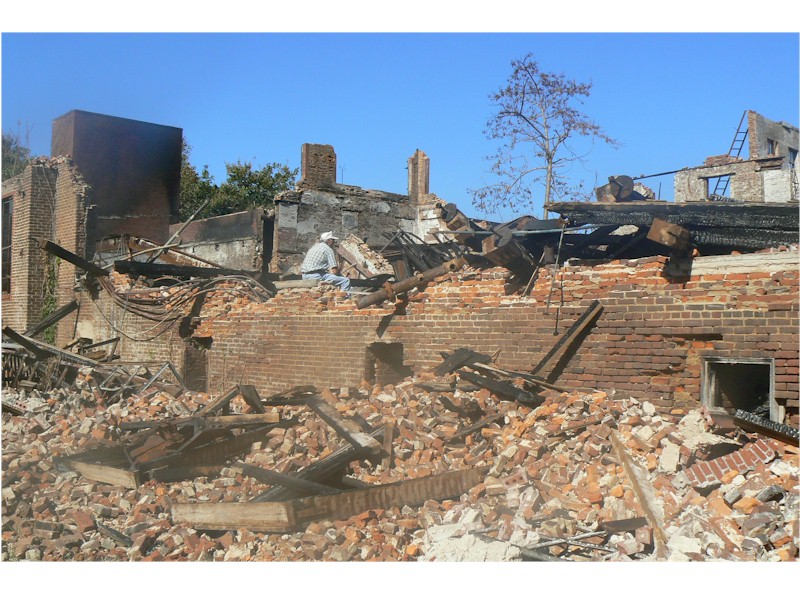
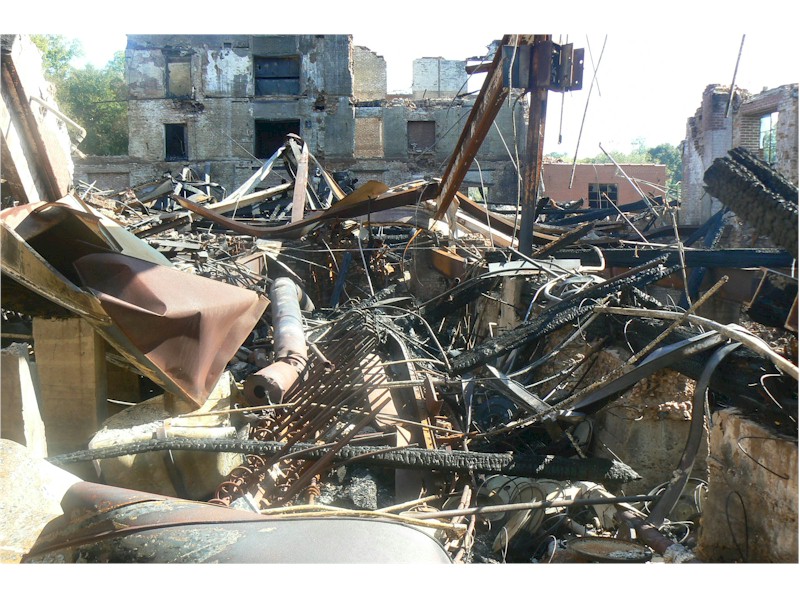
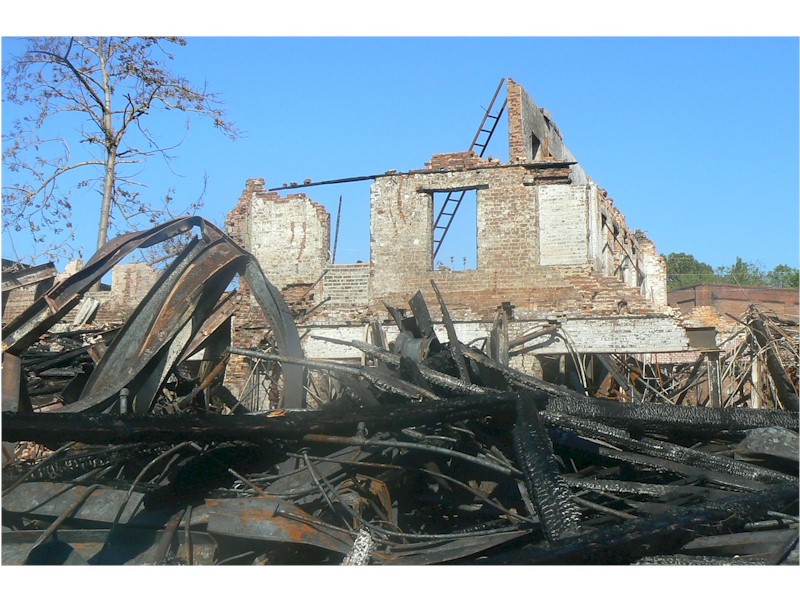
Read the Landmark Designation Report
Read the Landmark Designation Resolution
Read the Chronology of Franklinsville Manufacturing Company by George Russell
The Randolph Manufacturing Company was organized in March, 1838. It was the second textile mill in the county, building on the success of the Cedar Falls mill partnership which had begun operation as a grist mill in 1836.
The factory at Franklinsville (now Franklinville) was built on property belonging to Elisha Coffin, and anti-slavery activist who named the surrounding village for Jesse Franklin, a former North Carolina governor and congressman remembered for his crucial vote to keep slavery out of the Northwest Territory (now Ohio, Indiana and Illinois).
The Randolph Manufacturing Company, after being chartered by the legislature in 1838, was the first corporation ever to conduct business in Randolph County. A three story, 40 by 80-foot "Factory House" was the first building built in the county for textile manufacturing purposes, and was probably one of the first in the state. It also was one of the first brick structures in Randolph County, and certainly the largest building when completed. The Franklinsville factory also had the first looms in the county, and thus was the first "integrated" manufacturing operation (the first to manufacture cotton in all stages "from bale to bolt" of woven cloth).
A fire destroyed the original mill in 1851. It was immediately rebuilt on the original massive stone foundation and the surviving three-foot-thick brick walls of the first floor. The factory was again expanded in 1899. Operations continued into the third quarter of the 20th century, with most of the factory buildings having been built before 1900. A destructive fire in 2010 claimed most of the surviving plant. The remains of the building are being preserved as an archaeological site.
Related Sites: